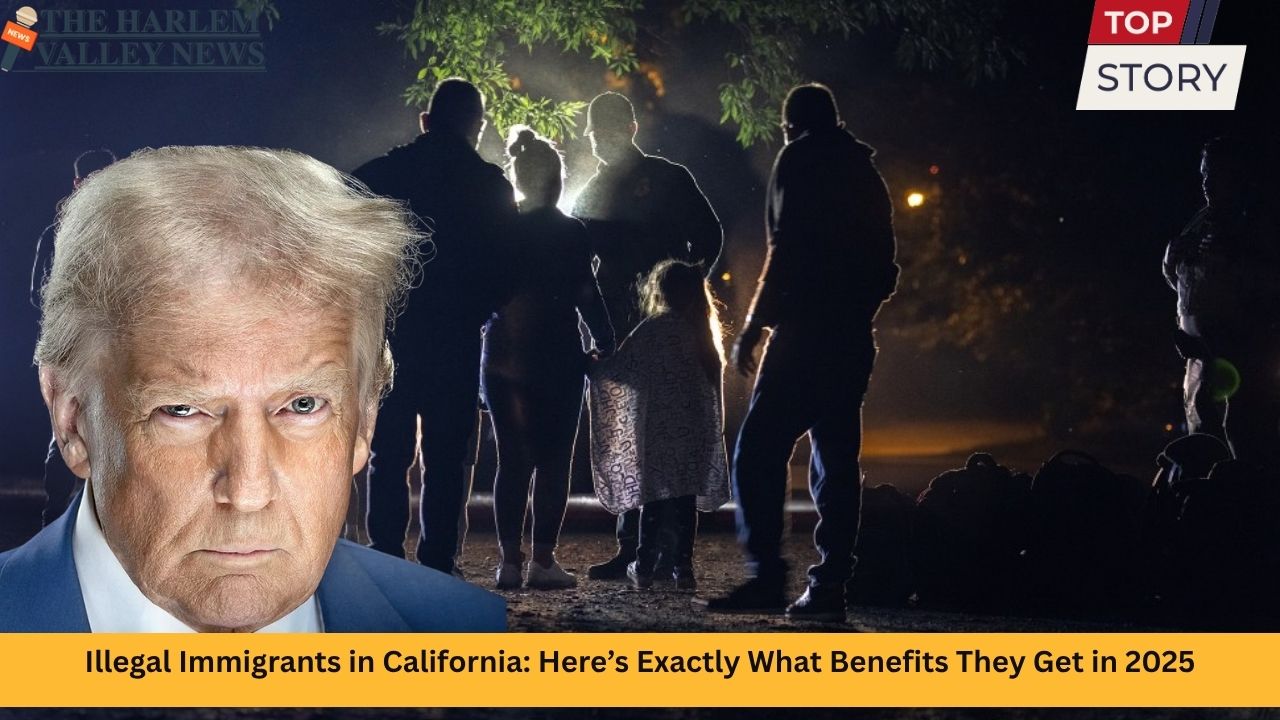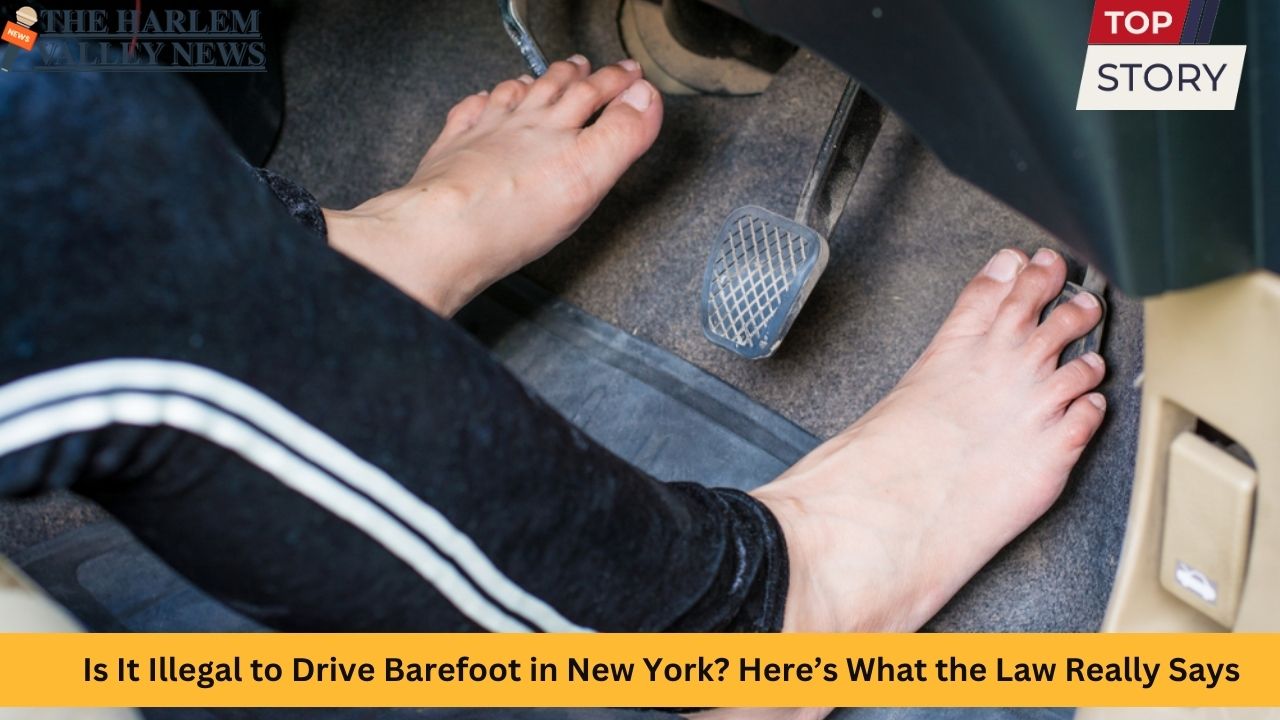California has long been a magnet for immigrants, drawing people from across the globe with its economic opportunities, diverse communities, and vibrant cities. The state’s relationship with its undocumented population is complex, shaped by both compassion and controversy. In 2025, as the national debate over immigration rages on, California continues to offer a range of benefits and services to illegal immigrants, even as new federal restrictions create uncertainty.
The Scope of Illegal Immigration in California
California remains home to the largest immigrant population in the United States. As of 2025, an estimated 1.8 million undocumented immigrants reside in the state, comprising around 17% of California’s total immigrant population. While this figure has decreased from previous years due to changes in immigration flows and enforcement, the undocumented community remains extensive and vital.
Major cities with the highest concentrations of undocumented immigrants include Los Angeles, San Francisco, San Diego, San Jose, and Riverside. Los Angeles County stands out, with nearly 900,000 undocumented residents living in neighborhoods such as Santa Monica, Hollywood, Long Beach, and East LA. In San Jose, a tech hub with a large Asian and Hispanic immigrant community, the undocumented population also reaches significant numbers. Riverside County—part of the rapidly growing Inland Empire—continues to attract thousands of newcomers annually, including many without legal status.
Why California Offers State Benefits to Illegal Immigrants
While federal law generally bars undocumented immigrants from most benefits, California maintains some of the nation’s most generous policies for those without legal status. The state government and local agencies have identified several core reasons for providing support:
-
Public health and safety: Ensuring all residents, regardless of status, have access to basic health care and preventive services benefits the entire community by reducing the spread of disease and promoting social stability.
-
Economic contribution: Undocumented immigrants are deeply woven into the state’s economic fabric, especially in sectors like agriculture, service, construction, hospitality, and technology.
-
Community integration: Programs that encourage undocumented residents to participate in and contribute fully to society, from sending children to school to reporting crimes without fear, lead to safer, more cohesive communities.
Legal Landscape: What Has Changed in 2025
In 2025, significant shifts at the federal level have narrowed the access undocumented immigrants have to federally funded programs. President Trump’s policy memorandums and new federal guidelines have aimed to identify and prevent “ineligible illegal aliens” from drawing on federal Social Security, health, and welfare programs. California, in defiance or adaptation, continues to leverage state resources to maintain certain benefits for undocumented residents, particularly through exclusively state-funded programs.
Health Care Benefits for Undocumented Immigrants
One of the cornerstones of California’s support for illegal immigrants is access to health care. However, the scope and type of care available depend on age, need, and locality.
-
Limited-Scope Medi-Cal: All undocumented Californians, regardless of age or status, remain eligible for emergency medical care, pregnancy-related care, and state-funded preventive services. Medically necessary care for life-threatening emergencies, childbirth, and certain communicable diseases are included under “restricted-scope” Medi-Cal.
-
Full-Scope Medi-Cal (for specific groups): California has expanded full-scope Medi-Cal—insurance that covers doctor’s visits, mental health services, prescriptions, and more—to all low-income undocumented residents up to age 26 and, as of 2024, to adults age 50 and above. Children and senior undocumented immigrants thus qualify for a broader set of medical services funded by state dollars, not federal funds.
-
County and city health programs: Many California counties—such as Los Angeles (My Health LA), San Francisco (Healthy San Francisco), and Alameda—operate local health care programs for uninsured residents, including the undocumented. These programs fill gaps for those left out of Medi-Cal expansions.
-
Health clinics and family planning: Community health centers offer sliding-scale and sometimes free services to undocumented immigrants in both urban and rural regions, from Anaheim and Sacramento to Watsonville and Coachella Valley.
Cash Assistance and Social Welfare
Despite federal crackdowns, California disburses some cash benefits through state-funded programs:
-
Cash Assistance Program for Immigrants (CAPI): Designed for elderly, blind, and disabled immigrants who do not qualify for federal Supplemental Security Income (SSI) due to immigration status, CAPI provides monthly state-funded cash grants—amounts typically mirror SSI grants. Applicants must meet age, income, and disability criteria.
-
CalFresh Food Assistance: While federally funded SNAP benefits are generally off-limits to undocumented residents, many mixed-status families (where children are U.S. citizens) receive CalFresh for eligible family members. CAPI recipients are often eligible for CalFresh, but the benefit does not extend directly to adults without status unless they are part of a qualifying household.
-
In-Home Supportive Services (IHSS): Certain categories of lawful and undocumented immigrants (especially those receiving CAPI) may access assistance for in-home care for the elderly and disabled. Eligibility varies by county and is subject to strict requirements.
Educational Benefits
California leads the nation in providing educational opportunities to undocumented immigrants and their children:
-
K-12 public schools: Every child, regardless of immigration status, can attend public schools from kindergarten through high school for free, in compliance with federal law. Major urban school districts such as Los Angeles Unified, San Diego, and Fresno serve tens of thousands of children from undocumented households.
-
In-state tuition and financial aid at public colleges: The California Dream Act and AB540 allow undocumented students who attended California high schools to pay in-state tuition at University of California, California State University, and community colleges. Through the California Dream Act Application (CADAA), qualifying students can apply for Cal Grant scholarships, fee waivers, and other state and institutional financial aid—including the Middle Class Scholarship and State University Grant.
-
State-based scholarships and institutional grants: Many public colleges and universities in cities such as Berkeley, San Bernardino, Long Beach, San Jose, and Anaheim offer scholarships funded by private donors or local entities, open to undocumented and DACA students.
Disability, Paid Family, and Parental Leave
California stands apart by allowing all workers, regardless of legal status, to access certain state insurance programs:
-
Disability Insurance (DI): Undocumented workers who pay into the State Disability Insurance program via payroll deductions (common in industries like agriculture and domestic work) can apply for Disability Insurance benefits if injured or unable to work due to illness or pregnancy.
-
Paid Family Leave (PFL): Undocumented workers paying into the same pool can claim Paid Family Leave benefits when caring for a new child or ill family member.
What’s Off Limits: Federal Benefits and the 2025 Crackdown
Federal law still bars undocumented immigrants from accessing most federal public benefits. The following remain largely out of reach in 2025:
-
Social Security Income (SSI) and Social Security retirement
-
Medicare and most Medicaid programs (except emergency care)
-
Federal housing assistance (Section 8 vouchers, public housing)
-
Temporary Assistance for Needy Families (TANF, “welfare”)
-
Federal Pell Grants and Work-Study programs
In 2025, new federal guidelines further restrict even some lawfully present immigrants from Head Start, community health centers, certain mental health block grants, and other programs. While California continues to resist the new rules, state officials are wary of the risk of enforcement actions or lawsuits from federal authorities.
Public Services and Other Supports
Illegal immigrants in California may also access certain public services and supports that do not require proof of citizenship, such as:
-
Public libraries and recreation programs
-
City-sponsored child care or after-school programs
-
Community-based nonprofit services, including food banks, legal aid, counseling, and workforce training in cities like Fresno, Oakland, and Santa Ana
-
Eligibility for state driver’s licenses under AB60, allowing legal driving and car insurance regardless of status
Mixed-Status Families and Community Realities
Much of California’s undocumented community lives in “mixed-status families,” with at least one undocumented parent and one U.S.-born child—particularly common in major metro areas. In Los Angeles, for example, nearly one in five residents has a mixed-status household, and local governments have built complex safety nets to account for this reality.
Mixed households frequently access benefits through eligible children or spouses, including Medi-Cal, CalFresh, and public education. However, many families face unique challenges around applying for aid, including fears about personal information being used for immigration enforcement or jeopardizing future legal status.
Evolving Policy Landscape and Political Debate
As the federal government intensifies its efforts to restrict illegal immigrants’ access to benefits, California’s response has been a mix of defiance and adaptation. The state legislature regularly debates new proposals to expand or preserve state-funded programs for the undocumented, even as budget constraints and political opposition mount.
Notably, cities like San Francisco, Los Angeles, and Oakland have declared themselves “sanctuary cities,” often offering additional protections and support to their undocumented residents.
The ongoing debate has placed California at the heart of America’s immigration battle—balancing economic needs, humanitarian concern, and the demands of federal authorities.
Conclusion
Illegal immigrants in California in 2025 continue to receive a unique blend of state and local benefits, despite tightening federal restrictions. While they remain ineligible for most federally funded support, the state has carved out critical lifelines in health care, education, disability insurance, and limited cash assistance. Cities large and small—from Los Angeles and San Diego to Fresno and Santa Ana—anchor these programs and reflect the state’s enduring commitment to diversity and inclusion.
Yet, uncertainty lingers. With new federal policies poised to limit access and state resources stretched thin, the breadth and longevity of California’s support for undocumented immigrants are likely to remain a flashpoint well into the future. As the nation looks west, the Golden State’s experiment in immigrant integration may well define the next chapter in America’s story.













Leave a Reply